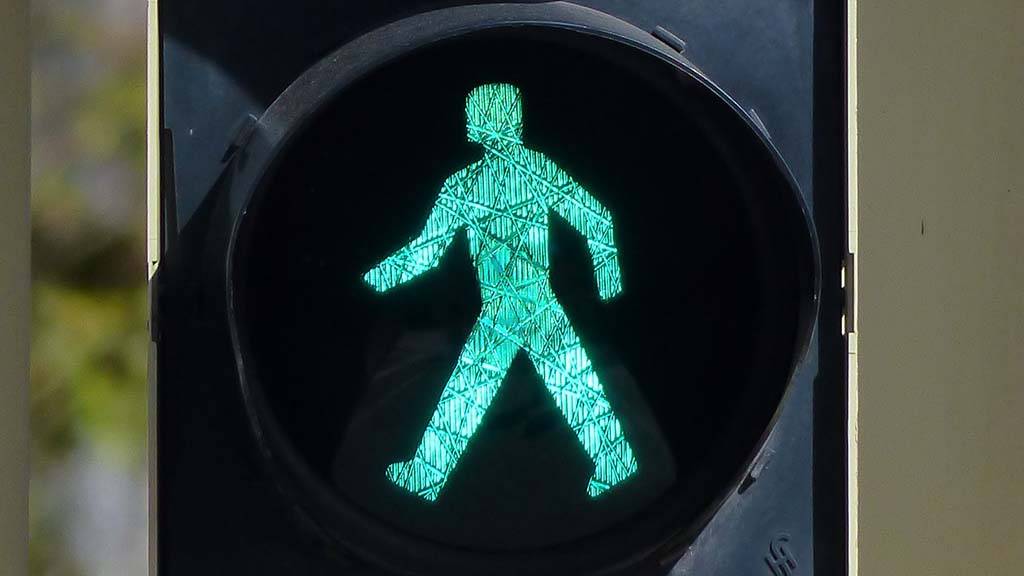Featured Image Source: Racool_studio & Chitsanupong Pengsalae
U
nderstanding complex information can be a daunting task. Yet, with the power of infographics and diagrams, even the most intricate data can be transformed into engaging, easy-to-understand visuals. Whether you’re looking to attract more customers or simply convey your message effectively.
For us, graphic designers, infographics are the unsung heroes of modern communication!
What are Infographics and Diagrams?
Infographics are visual representations of information, data, or knowledge. They are designed to present complex information quickly and clearly, combining text, images, and design elements.
Diagrams include flowcharts, circuit diagrams, organizational charts, and Venn diagrams. They are common in technical manuals, engineering plans, scientific research, and educational materials.
The main difference between diagrams and infographics: Diagrams focus on structure and function, usually dealing with specific, detailed aspects of a subject, whereas infographics focus on storytelling and visual appeal, usually to make the information accessible to everyone. Diagrams can be part of infographics.
Types of Infographics
1 – Statistical Infographics

These infographics use charts, graphs, and numerical data to tell a story. Ideal for presenting survey results or data-heavy content.
Another example: Used in annual reports to present company performance data through charts and graphs.
2 – Informational Infographics

Informational Infographics: Focused on delivering information in a visually appealing manner, these infographics often include icons, illustrations, and concise text.
Another example: Found in educational brochures to explain health and safety guidelines using icons and illustrations.
3 – Timeline Infographics

Perfect for displaying events or processes in chronological order. These are great for historical content or project timelines.
Another example: Displayed in museums to recap an artist’s timeline, showcasing key events in their life and career.
4 – Process Infographics

These break down processes into easy-to-follow steps, making them excellent for tutorials or explaining complex procedures.
Another example: Seen in recipe books, breaking down the steps of a cooking process with illustrations for each stage.
5 – Geographical Infographics

Maps and location-based data are the stars here. Use these for demographic data or regional statistics.
Another example: Utilised in travel guides to highlight tourist attractions and regional statistics on a map.
6 – Comparison Infographics

Highlight differences and similarities between multiple items, perfect for product comparisons or decision-making guides.
Another example: Common in consumer electronics reviews, comparing features and specifications of different products side by side.
Benefits – Why Use Infographics and Diagrams
Infographics simplify complex information, making it accessible to a broader audience. They are particularly useful because of their:
- Visual Appeal: They make data visually interesting and easier to understand.
- Clarity: Infographics distil information into its most essential elements, eliminating unnecessary details.
- Efficiency: They convey information quickly, making them ideal for busy audiences.
How Infographics and Diagrams Can Help Your Business Drum Up Customers
Infographics can significantly benefit your business by improving engagement, as visual content is more captivating than plain text, capturing attention and maintaining reader interest. They enhance retention since people remember visual information better, helping your audience retain key points and messages. Infographics also increase shareability, making them ideal for social media and other platforms, thus expanding your reach and attracting potential customers. Additionally, they enhance SEO efforts by attracting backlinks and increasing the time spent on your website.
Infographics aren’t just eye-catching; they are also incredibly effective marketing tools.
1 – Improved Engagement
Visual content is more engaging than plain text. Infographics can capture attention and keep readers interested.
2 – Better Retention
People remember visual information better than text. Infographics help your audience retain key points and messages.
3 – Increased Shareability
Infographics are highly shareable on social media and other platforms, expanding your reach and attracting potential customers.
4 – Enhanced SEO
Infographics can boost your SEO efforts by attracting backlinks and increasing time spent on your website.
Where to Use Infographics and Diagrams

We’ve been following diagrams since our school days, whether assembling Lego sets or deciphering the instructions from Kinder Surprise toys. As adults, we continue to rely on them for more complex projects like assembling furniture. It’s only natural to use this method at work, as people are already accustomed to this way of presenting information. Infographics can be utilised in various places, enhancing both online and offline content:
- Websites and Blogs: Use infographics to break down complex articles and provide visual summaries.
- Social Media: Share infographics to engage followers and drive traffic to your website.
- Email Newsletters: Include infographics to make your newsletters more engaging and informative.
- Presentations: Enhance your presentations with infographics to make data-driven points clear and compelling.
- Printed Materials: Brochures, flyers, and posters benefit from the addition of infographics, making them more appealing and informative.
- Training Videos: A procedure or task can be visually shown via an infographic, which can also be show as an animated infographic – but more on animated infographics in a future article!
Rules for Creating Effective Infographics
Creating an effective infographic requires a balance of design and information. Here are some key rules to follow:
1 – Know Your Audience
Tailor the information in your infographic to the needs and preferences of your target audience.
2 – Visual Style
The infographic may have to be visually styled a certain way also (i.e. larger colorful fonts and simpler shapes if appealing to children)
3 – Keep it Simple
Avoid clutter and focus on the essential information.
4 – Use High-Quality Visuals
Ensure all images, icons, and graphics are of high quality and relevant to the content.
5 – Tell a Story
Your infographic should have a clear narrative that guides the viewer through the information.
6 – Make it Shareable
Design your infographic with sharing in mind. Include social media buttons and a clear call-to-action.
DIY or Use the Services of a Graphic Designer?
Graphic designers possess the expertise and experience necessary to create polished, professional infographics. They can customize these visuals to perfectly align with your brand’s style and voice. By entrusting a professional with the design work, you save time and avoid frustration. Additionally, professionally designed infographics are more likely to engage your audience and help you achieve your communication goals.
Infographics are invaluable tools for any business looking to communicate complex information effectively. If you need a great infographic, our team of skilled graphic designers is here to help. Let us transform your data into captivating visuals that tell your story.
Ready to make your information stand out? Contact us today to get started on your next infographic project!

Creative genius, talented wordsmith and all-rounder copywriter up for the grabs! If you can’t stand the look of your copy right now, she’ll shape your rambles into the most compelling words.
Marie Rene | LinkedIn



